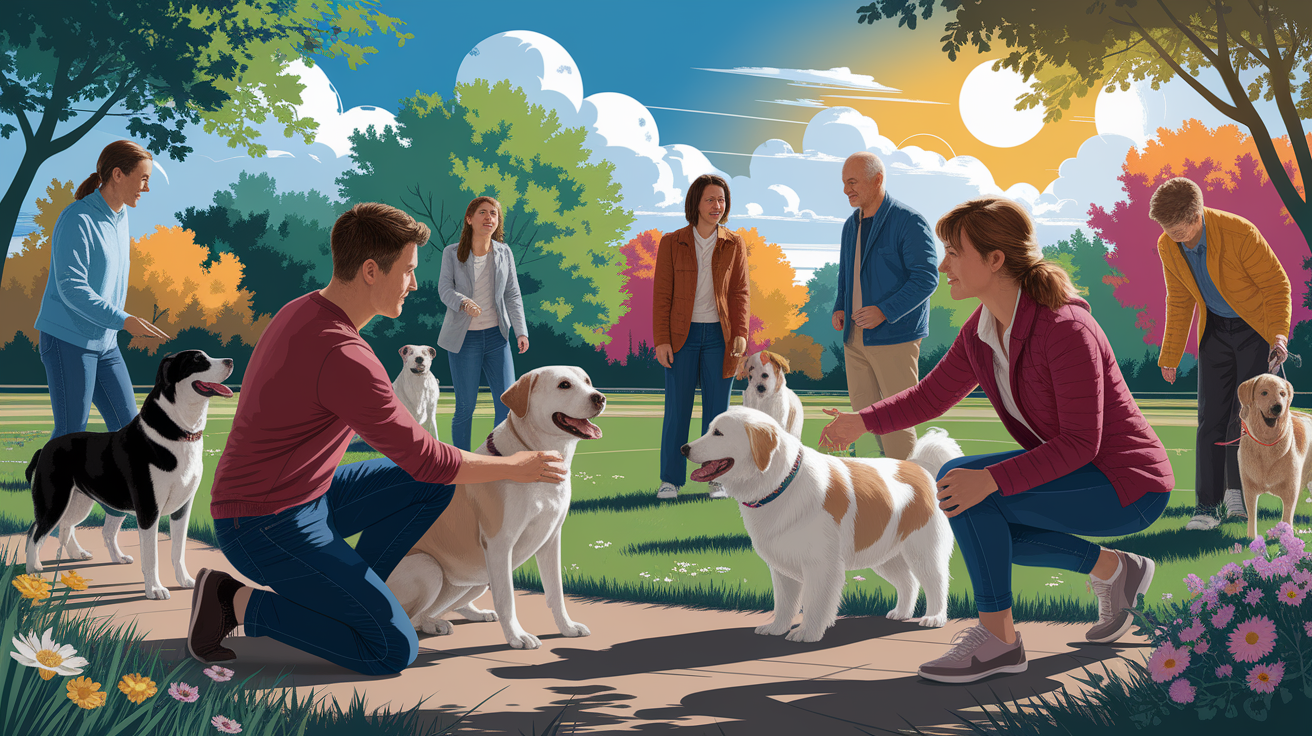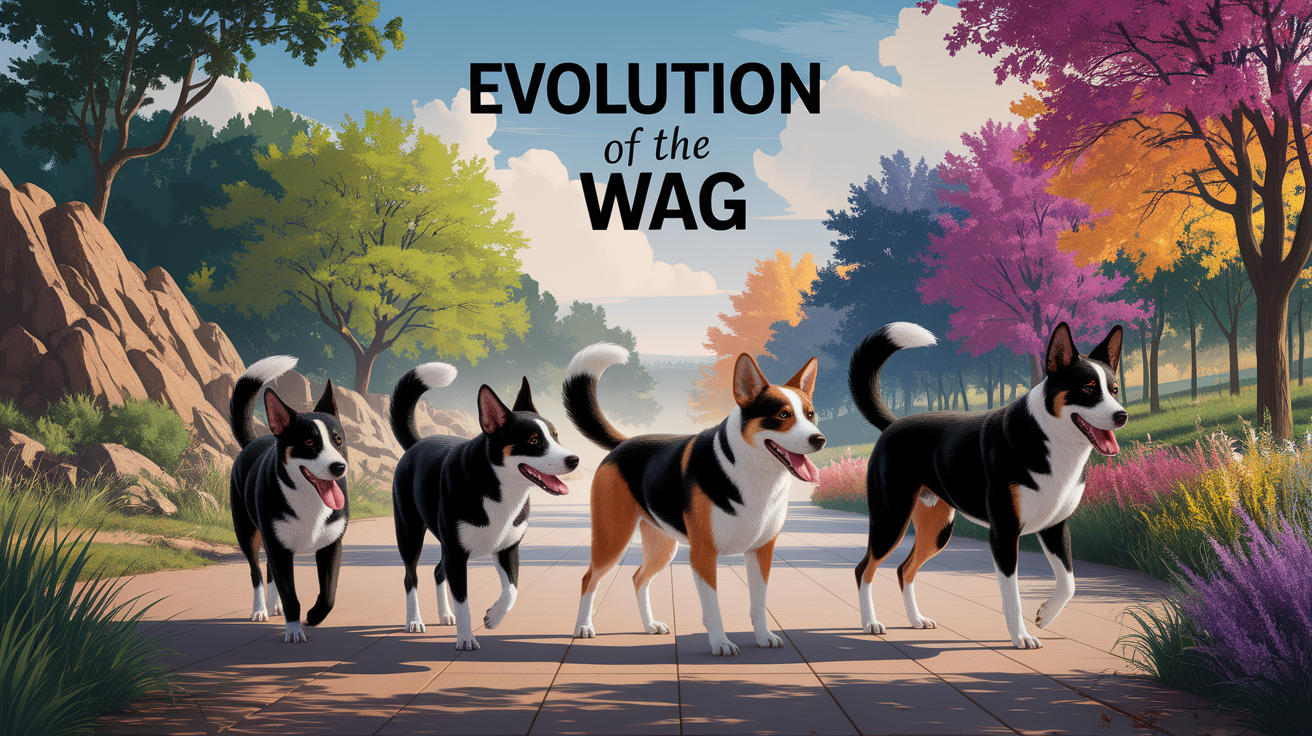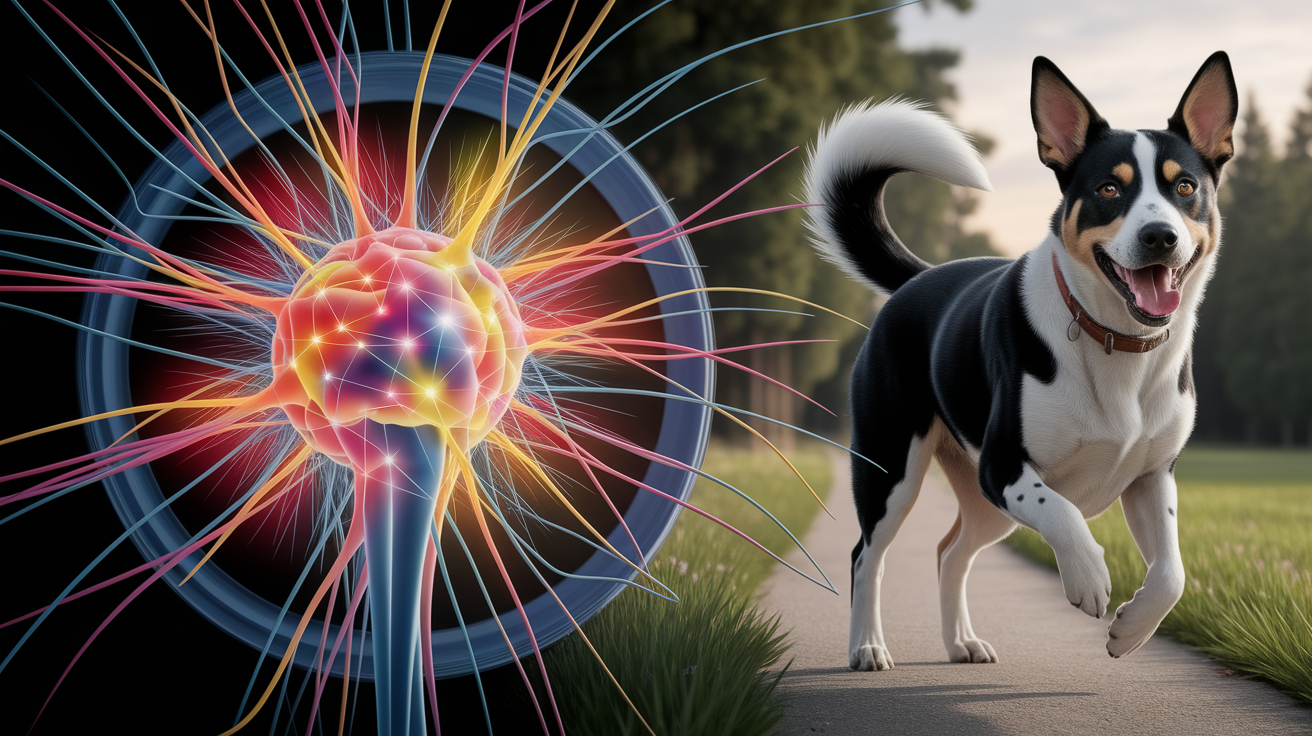Quick Answer: Dogs wag their tails mainly to communicate emotions and social cues to other dogs and humans. A wag can signal happiness, excitement, nervousness, or even uncertainty—its meaning depends on speed, direction, and body posture.
Unveiling the Wag
Tail wagging is one of the most recognizable elements of dog body language—but it’s far from a simple “happy dog” sign. It’s a dynamic act of dog communication that blends emotional expression with physical coordination. The canine tail, powered by dedicated muscles and controlled through complex neural patterns, moves in ways that reflect a dog’s mental state.

Interestingly, researchers studying biological and neural mechanisms of tail wagging have found that individual dogs display their own “style” of wag, similar to how humans have unique gaits.
Emotional Communication
Tail wagging works like a moving flag of emotion in the world of pet behavior. Depending on how fast, how high, and which direction the tail moves, you can read a surprising amount about your dog’s feelings.

- Fast, wide wags – Often associated with excitement or joy, such as greeting a favorite person.
- Slow, tentative wags – Could signal uncertainty or caution.
- Tail tucked low – Usually a sign of fear, stress, or submission.
- High, stiff wag – Can suggest alertness or even potential aggression in some contexts.
According to a study on the function of tail wagging, dogs use wagging as a complex emotional signal—sometimes they wag when nervous, and not just when they’re happy.
Social Signaling in Dogs and Humans
For dogs, the tail is an instant communication device. In canine society, it signals confidence, submission, or a willingness to interact. Puppies, for example, often wag their tails exuberantly as a signal of friendliness. Among humans, we naturally respond to rhythmic movements, so a wag can also strengthen dog-human bonds.

Tail movement is part of a larger suite of canine social signals that include ear position, body posture, and facial expressions. Learning to read these cues can improve dog welfare by preventing misunderstandings.
Evolution of the Wag
Domestic dogs wag their tails more frequently and in more distinctive ways than their wild cousins. Comparisons with wolves show that rhythmic, high-frequency wagging is rare in the wild. This difference suggests that domestication played a role in amplifying wagging behaviors.

Some researchers have suggested that wagging increased as a by-product of selecting for friendly, tame traits. Others note that humans may have favored dogs with rhythmic wagging simply because it appealed to us—possibly activating reward centers in the brain. These ideas are discussed in sources like Science News and the Katherine Cronin blog.
Neural Mechanics Behind the Wag
What’s happening in a dog’s brain when it wags? The movement is controlled by specialized neural circuits that orchestrate stable tail movement patterns. Research into neural dynamics of tail wagging suggests these circuits operate like “attractor” states—stable modes of movement that reflect the dog’s internal emotional setting.

In other words, your dog’s tail isn’t just moving randomly; it’s responding to precise brain activity linked to emotion, decision-making, and social context. This also means tail wagging can serve as a window for scientists studying motor control and even parallels in human neurology.
Embrace the Final Wag
The next time your dog’s tail starts sweeping the air, remember: you’re watching a beautifully synchronized display of muscles, nerves, and emotions. Tail wags don’t just mark moments of joy—they tell ongoing stories about a dog’s inner world and intentions. By paying attention to details like speed, height, and accompanying body language, you can better understand—and better bond with—your canine companion.
So whether it’s the gentle swish of a relaxed afternoon or the rapid thump of greeting, the wag is one of nature’s most charming communication tools. Learning to read it is like learning a new language, one that deepens our connection with the dogs we love.













